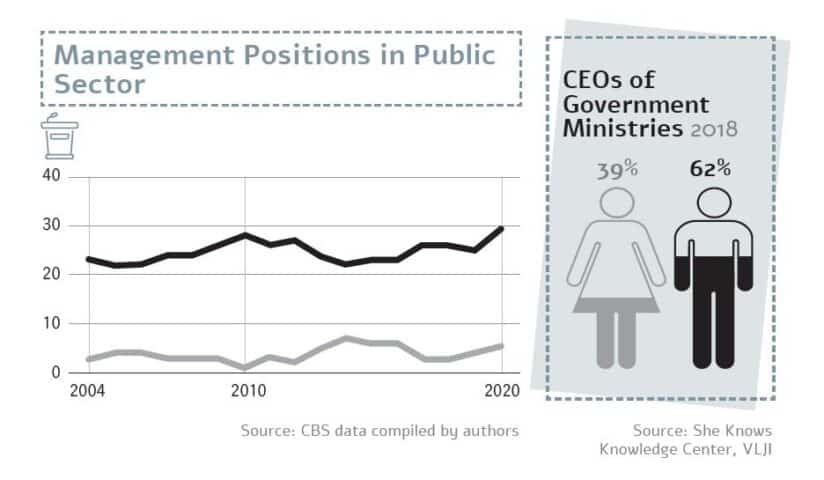Working at home, working from home
Hadass Ben Eliyahu | 27.07.2020 | Photo: Unsplash

The coronavirus epidemic led to many changes in the labor market. One of the main ones is the transition to working from home. Numerous companies and institutions found their offices useless during the total lockdown, and subsequently arranged for their workers – from one moment to the next and with incredible efficiency – to work from home. Practical difficulties were resolved and past objections vanished in the face of the need to survive economically. Data security, computer equipment, team communication, oversight and trust – each problem had an instant solution. As long as work could go on. Teaching, banking services, medicine, psychotherapy, technological development, employee management, physical activity, conferences and lectures – all were performed from home with great success. The possibility of working from home, fully or partially, was adopted by numerous workplaces as an inevitable practice that arose, among other things, from the closure of the education institutions and the necessity for parents of young children to stay home with them.
But the many constraints of family life did not receive significant consideration and adequate solutions from the state or workplaces before the coronavirus crisis. Before March 2020, attempts to encourage work from home, to help parents (especially mothers) to combine paid work with family life, were denied and rejected repeatedly with one excuse or another, in favor of the necessity of working from the office. Those attempts led at best to the practice of working from home one day a week, or earned the status of perpetual pilots, with the demand to be fully availabe to those working from the office at all hours.
Yet during the coronavirus crisis that fierce resistance subsided. Is it because in the past the need to work from home was mainly the purview of women, whereas in this crisis the need was shared by all, men and women alike? Is it possible that heretofore there was a confusion between working from home and working at home? And perhaps it is because the main people who do the work at home (the care and household work) are women?
Work at home has been called “transparent work” (work that is not recognized or compensated as work). It is performed mainly by women and it largely shapes their work lives. The unequal division of transparent work between mothers and fathers is one of the most intractable social arrangements and too little has changed in this area over the years. A series of studies by WIPS – The Center for the Advancement of Women in the Public Sphere at the Van Leer Jerusalem Institute and The Academic College of Tel Aviv-Yaffo – looked at different practices of transparent work, both at home and in the workplace, and their consequences for the employment and family lives of women and men in Israel. The website of Yoda'at (she knows) – Israel Knowledge Center on Women and Gender carries a range of publications on the subject from Israel and many other countries, including during the coronavirus crisis.
The economic value of transparent work for the state is tremendous, but is not reflected by the national economic indexes (such as the GDP). Thus, the state benefits twice at the expense of women: as the biggest employer in the economy it pays on average less to women than men for their paid work, and at the same time does not recognize the work they do at home either symbolically, or financially, or in any other way.
Welcome to all the new workers from home. We have always been working at home.
On August 20, 2020 VLJI will hold a discussion evening about transparent work during coronavirus crisis, which will be transmitted live on Facebook and YouTube. For additional lectures and discussions on the subject, see here.




